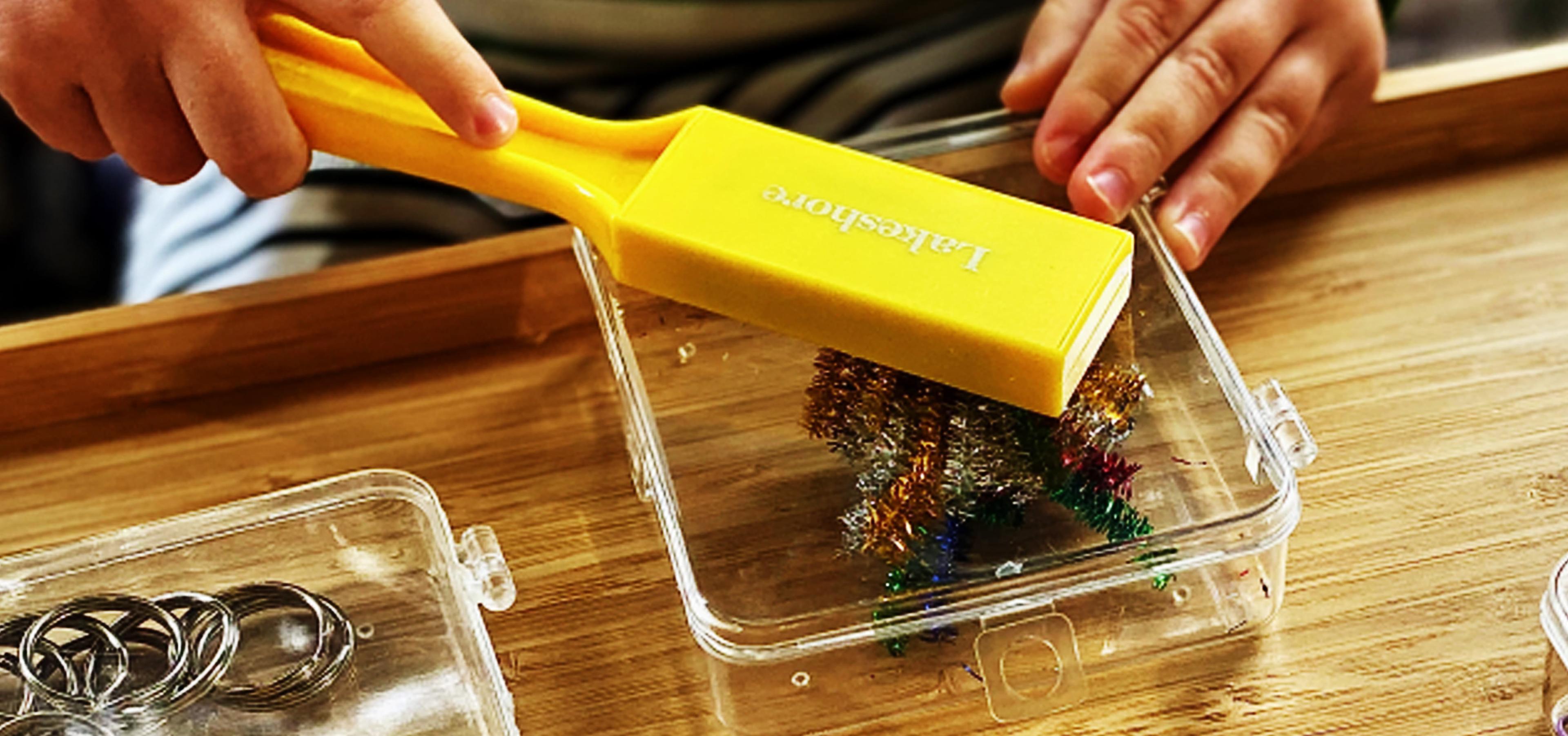Magnetism is an essential part of our daily lives. It is a force that attracts certain materials, such as iron or steel, towards a magnet. In Montessori education, magnetism is introduced to children in a way that is both engaging and educational.
Why is Teaching Magnetism Important in Montessori Education?
Teaching magnetism is important in Montessori education for several reasons. Firstly, magnetism is a fundamental concept in science, and understanding it is crucial for children's development. Secondly, learning about magnetism helps children develop their problem-solving skills as they try to understand how magnets work. Finally, teaching magnetism helps children develop their curiosity and encourages them to explore the world around them.

How to Teach Magnetism in Montessori
In Montessori education, magnetism is introduced to children through various materials and activities that allow them to explore the concept of magnetism in a hands-on way. Here are some ideas on how to teach magnetism in Montessori:
- Magnet Exploration: Children can explore the properties of magnets by using a variety of different magnets and observing their effects on different materials. For example, they can see which materials are attracted to magnets and which are not.
- Magnetic Field Experiments: Children can also explore the magnetic field around magnets by using iron filings to visualise the magnetic field lines. This can be done by placing a magnet underneath a piece of paper and sprinkling iron filings on top. The iron filings will arrange themselves in a pattern that shows the shape of the magnetic field.
- Magnetic Games: Magnetic games are a fun and engaging way for children to learn about magnetism. For example, children can play games that involve using magnets to move objects or create patterns.
- Magnet and Non-Magnetic Sorting Activity: Children can learn about the properties of magnets by sorting magnetic and non-magnetic objects into two separate categories.
- Magnet Art: Children can also create art using magnets. For example, they can use magnets to move metal shavings around on a magnetic board to create patterns.
Benefits of Teaching Magnetism in Montessori Education
Teaching magnetism in Montessori education has several benefits for a child's development. These benefits include:
- Developing Scientific Knowledge: Learning about magnetism helps children develop their scientific knowledge and understanding of the world around them.
- Developing Problem-Solving Skills: Understanding how magnets work and experimenting with different materials helps children develop their problem-solving skills.
- Encouraging Curiosity: Teaching magnetism encourages children to explore the world around them and develop their curiosity.
- Enhancing Fine Motor Skills: Manipulating magnets and experimenting with different materials helps children enhance their fine motor skills.
Teaching magnetism in Montessori education is an important part of a child's development. Children can explore the concept of magnetism in a fun and engaging way that encourages them to continue learning and exploring the world around them.

